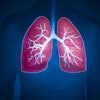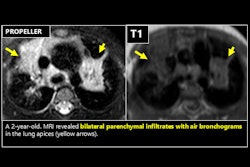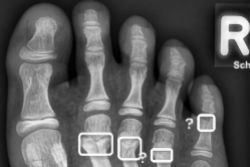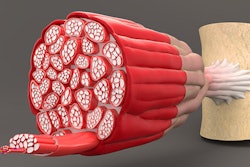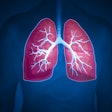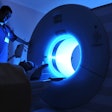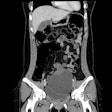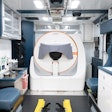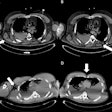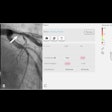The Spanish Society of Medical Radiology (SERAM) acknowledged International Childhood Cancer Day on 15 February by noting that it’s possible to obtain high-quality imaging studies with radiation doses five times lower than those of five years ago.
“In recent years, pediatric oncological imaging has experienced significant advances, improving diagnostic precision and optimizing therapeutic planning,” wrote Dr. Ignasi Barber and Dr. Jaume Mora Graupera, of the Hospital Sant Joan de Déu in Barcelona, in a blog post.
Specifically, advances in fundamental imaging technology have been complemented by technological improvements that allow a significant reduction in the dose of ionizing radiation in pediatric studies, the pair wrote. For instance, the use of thoracic CT for the detection of lung metastases in pediatric cancer patients has evolved significantly.
“Just four years ago, a 5-year-old patient could receive a dose of approximately 2 mSv, while, with current technology, the radiation dose can be reduced to 0.3 mSv. This advance is possible thanks to the implementation of ultralow-dose CT, a technique that minimizes the impact of radiation without compromising diagnostic quality,” according to the authors.
Barber and Graupera noted that work involving collaborations between radiologists and professionals from other disciplines, such as engineers and biomedical engineers, has been key to these developments.


